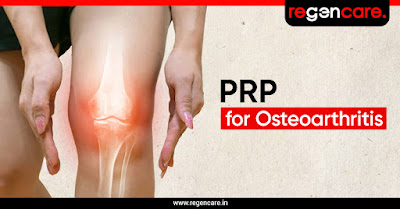Tennis elbow, also known as lateral epicondylitis, is a common cause of elbow pain. It can affect anybody who participates in sports or works, not just tennis players. Tennis elbow is treated with activity adjustment, exercise treatment, shockwave therapy, and injections. PRP injection for tennis elbow is more popular in recent years.
Understanding the Causes of Tennis Elbow
Tennis elbow is a condition in which the muscles and tendons linking the arm and wrist become irritated or tear. Tendons, on the whole, have a poor blood supply and so heal more slowly than other injuries. A dull aching on the outside of the elbow may be present at the start of the condition. However, when the illness worsens, the inflammation in the area may make it painful to touch.
Even lighter objects, such as a pen or shaking hands, may become impossible to lift at some point. You could have discomfort in your elbow due to tendonitis, arthritis in the joint, or Carpal Tunnel Syndrome in the wrist, in addition to tendonitis. The pain in your wrist could travel up your arm and into your neck.
Why PRP Injection for Tennis Elbow Works?
Tennis elbow PRP has been shown to be more helpful in relieving pain and discomfort in patients. This is due to the fact that PRP serum has a high quantity of growth factors, mesenchymal stem cells, hormones, chemokines, platelets, and other healing components. Compounds in various growth factors induce the formation of new collagen, which is the foundation of tissues.
PRP also creates new blood vessels in injured tendons, allowing them to absorb a fresh supply of nutrients to help them heal. PRP acts to heal the tissues for long-term comfort, whereas most treatment techniques just ease the pain. If you have Carpal Tunnel Syndrome, PRP for wrist pain can help you get rid of the inflammation and regain mobility.
PRP is a Safe and Effective Treatment Option for Tennis Elbow
Because PRP serum is made from the blood of specific patients, negative effects are extremely rare. Even if there's a chance the therapy won't work, you won't experience any negative side effects. Follow your practitioner's aftercare instructions and dos and don'ts to ensure good outcomes. Visit www.regencare.in for more.
Mail Us: info@orthogencare.in
Book an Appointment: regencare.in/book-an-appointment












